Well, it’s finally happened. My almost seven-year old is bringing on the thought-provoking questions. We talk a lot about how what we do in our house will affect our watershed and that in turn (collectively) affects the world. Well, I was snagged the other day when I said, “Well, the river goes to the lake and leads to another lake and river and then to the ocean. And, it’s the only ocean we have so we need to take care of it.” What I heard next was, “Mom, if it goes into the Atlantic Ocean isn’t there also the Pacific? Isn’t that two oceans?” She’s not alone in the confusion as I’ve had students not sure how the oceans are connected (Giant Conveyor Belt of currents!) and why do we give them all different names.
I laid it out like this: There is only one ocean, but each area of the world has a section (i.e., basin) of the ocean that has specific properties based on temperature and what type of land it is near. For instance, the Pacific Ocean is huge, has rocky shorelines, and lots of volcanoes and islands because it’s surrounded by the “Ring of Fire.” I explained that the Indian Ocean is pretty flat almost like the Gulf of Mexico because lots of rivers flow gently into it.
Here’s a quick graphic I fancied up to share on some major characteristics of each ocean basin. Click on it and then travel around to each one! I like to keep it simple so if you feel like there’s something that needs additional emphasis, please feel free to share so I can add it!


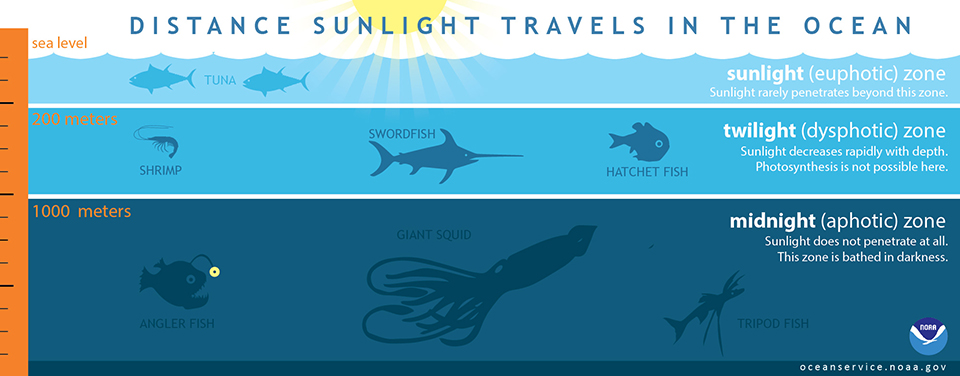



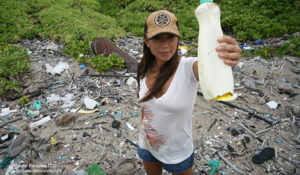
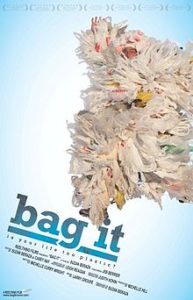 Bag It
Bag It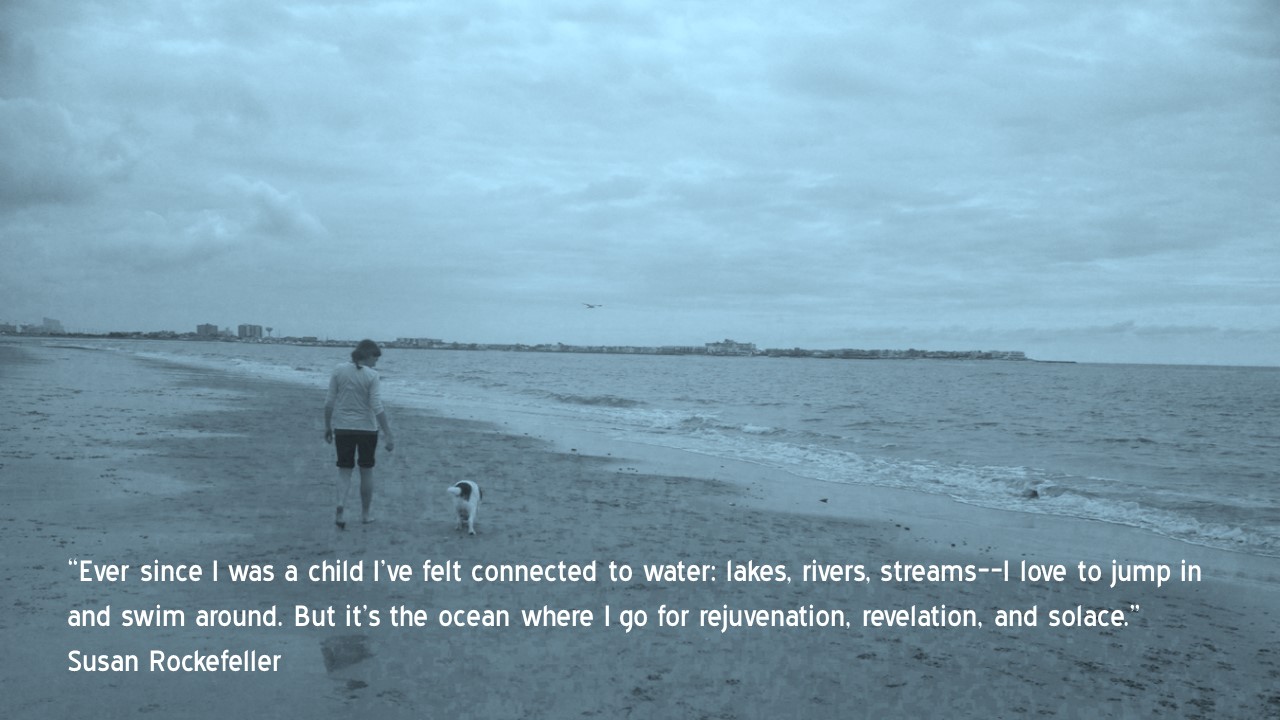
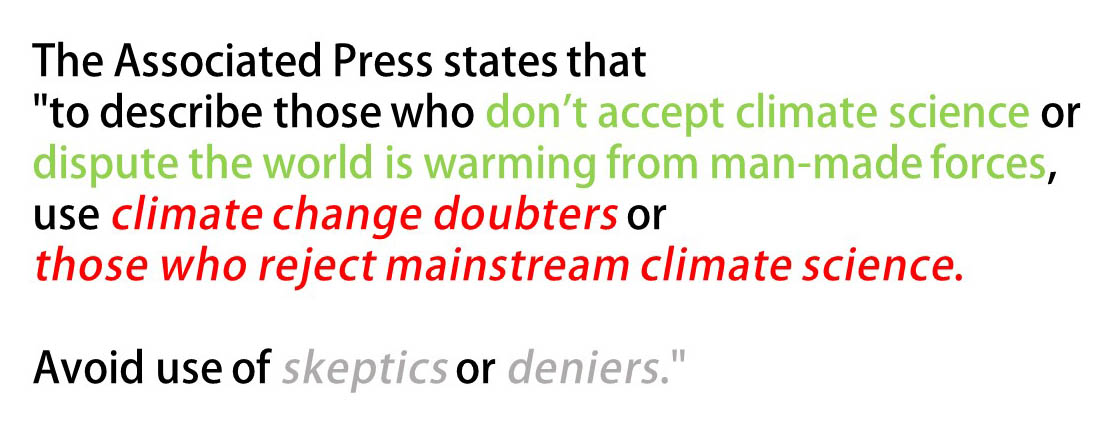


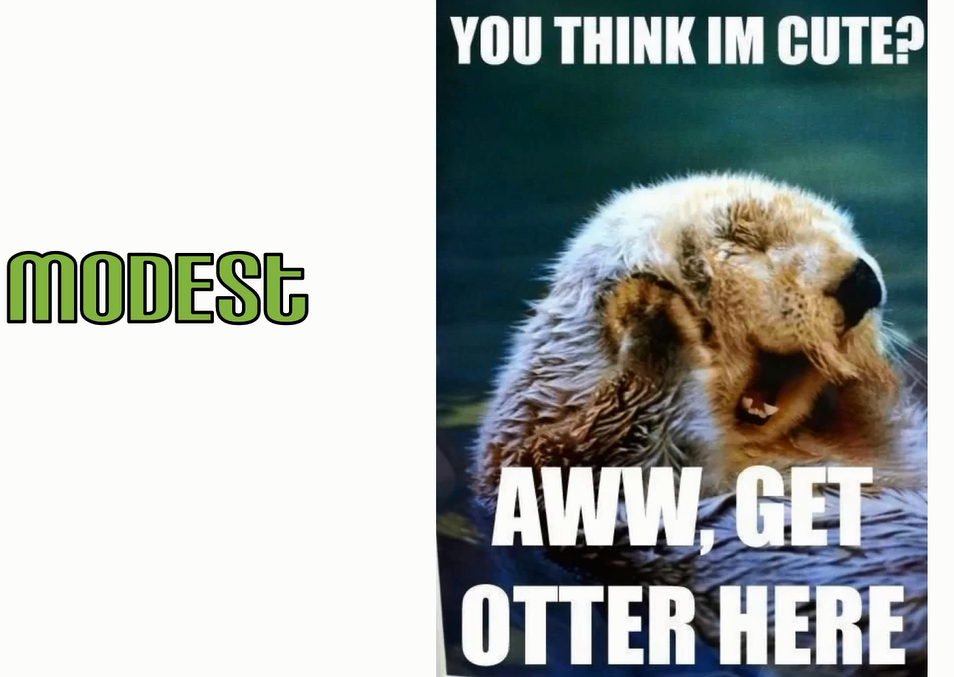
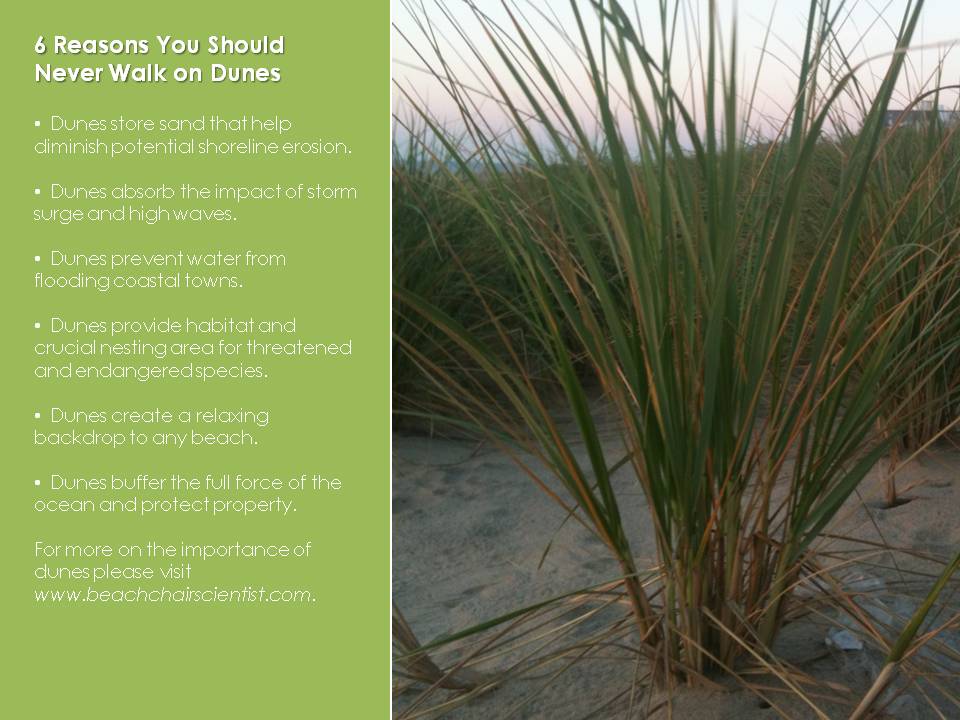

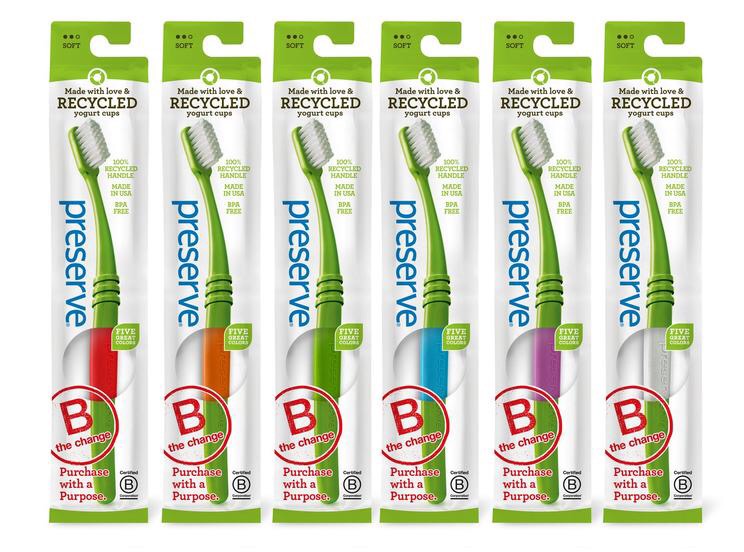
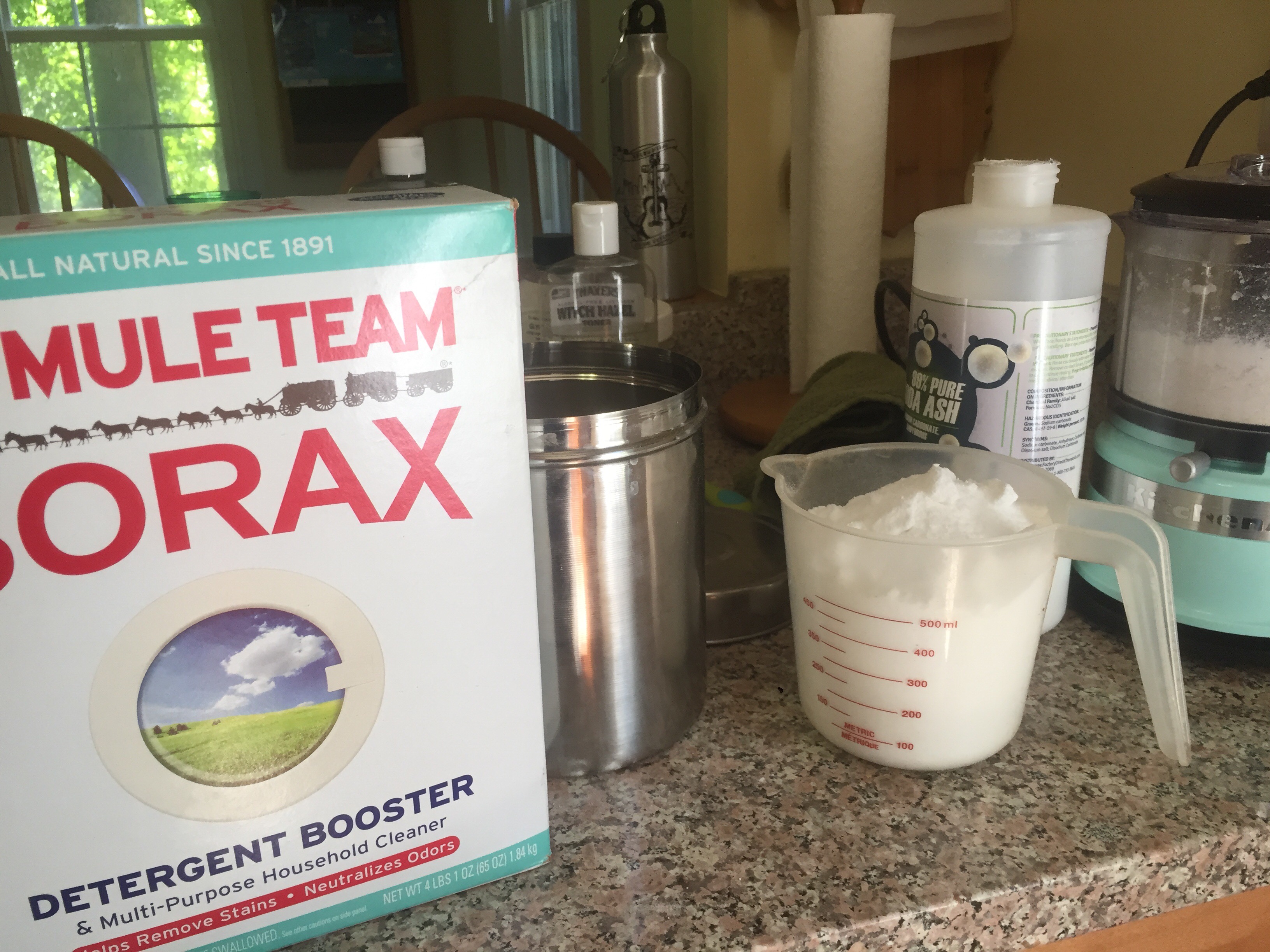







What people are saying …